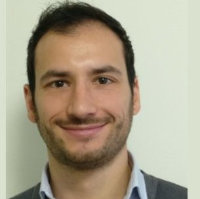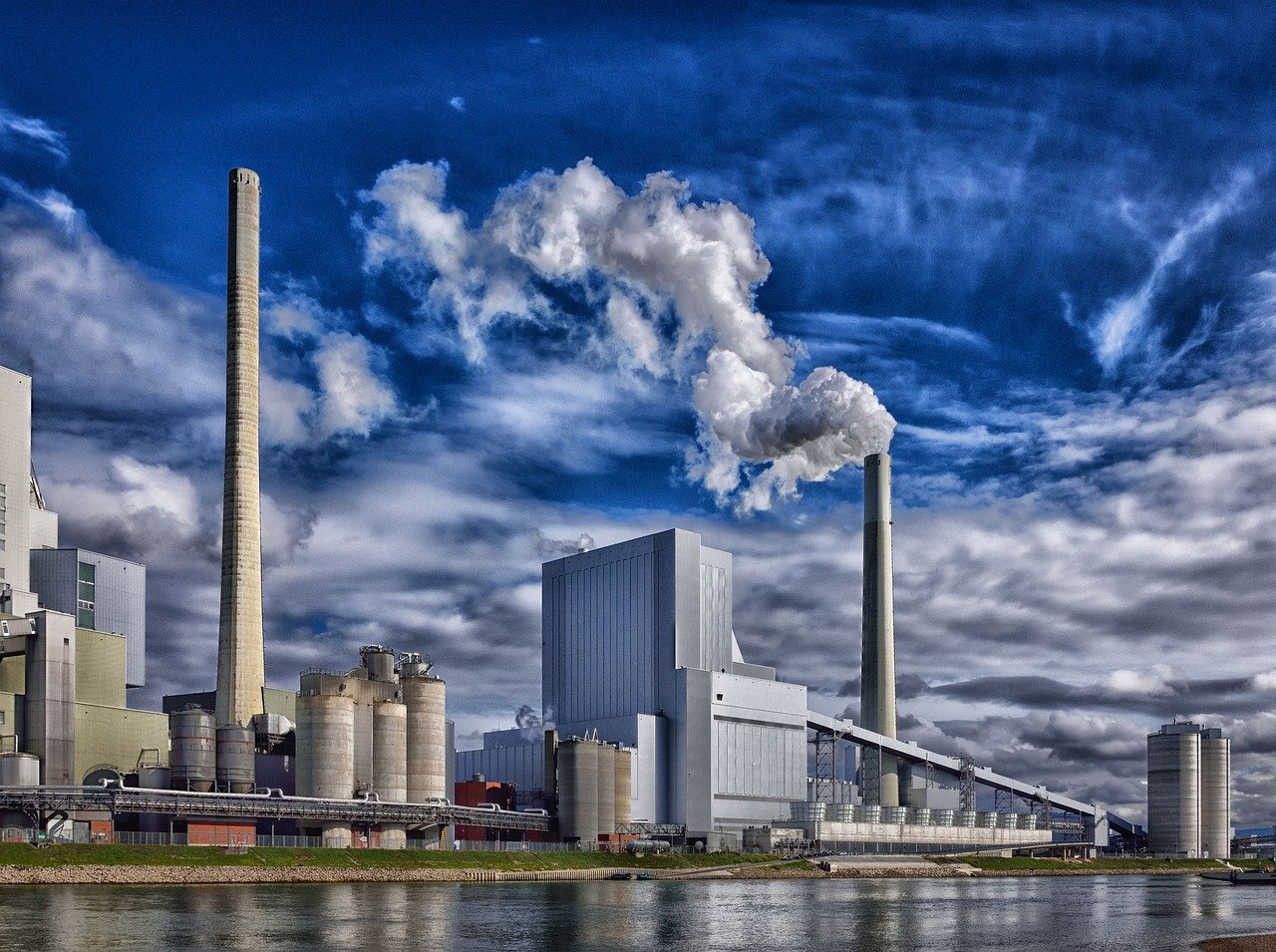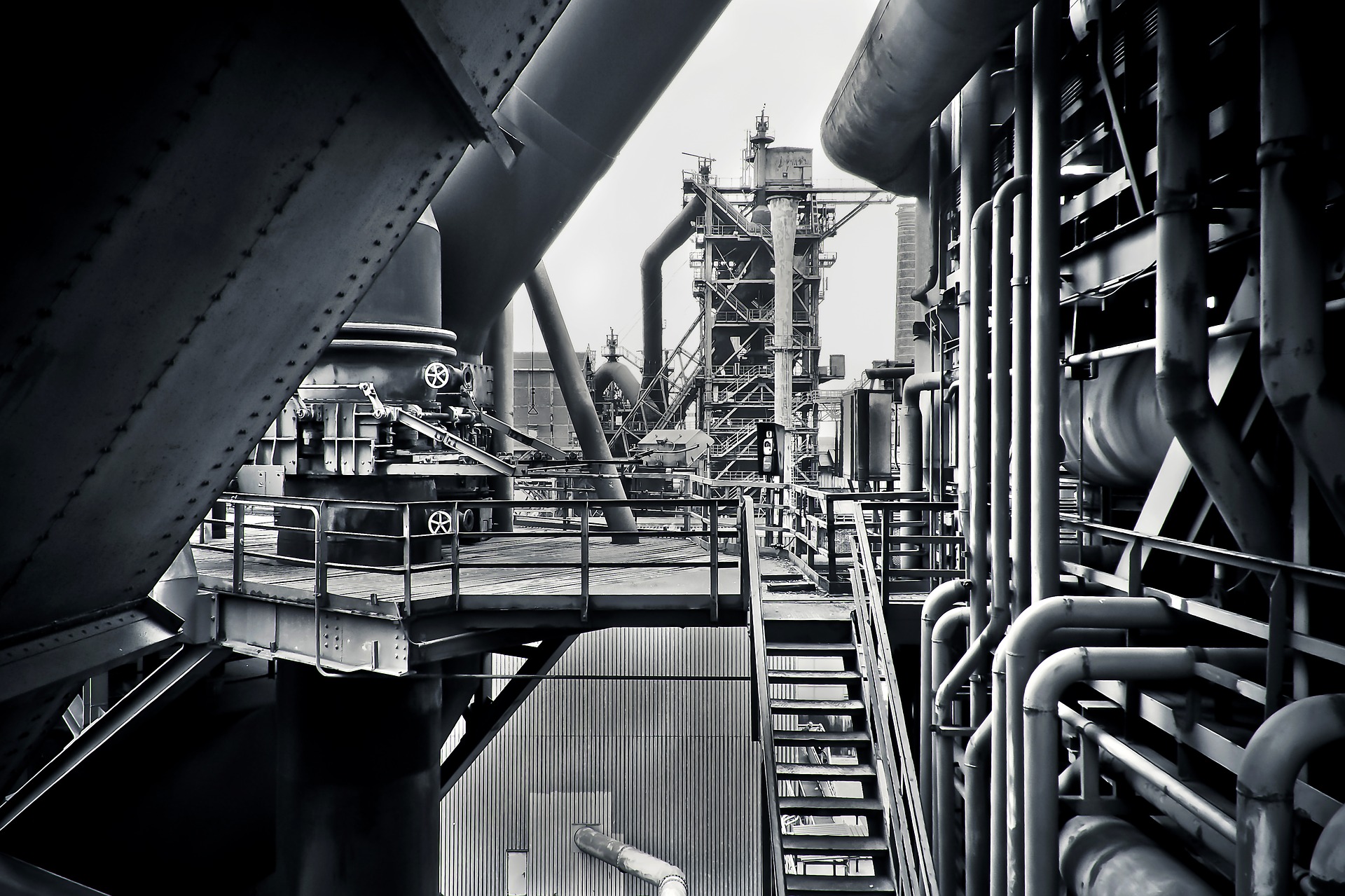Curriculum:
Different perspectives
Ensuring safety requires expertise in many human, engineering and management sciences framed by Risk Management.

Qualitative Approach to Safety
This module enables you to understand the multiple perspectives and concepts of risk and safety, and the activities involved in the risk management process. It covers the techniques for identifying risks and their origins, and then avoiding accidents.

Nigeria
Regulatory Agency
I had over 10 years experience as a HSE Professional, prior to my enrolling for the course. I am usually hardly impressed, as I am always seeking new knowledge in my area of expertise. However, this course has blended and organized the various information I have on Risk Management into a structured process.
‘’
Quantitative Approach to Safety
In many sectors, safety is defined as the freedom from unacceptable risk. In this module, you will learn about the many models and techniques for assessing risk, and approaches to reducing risk to an acceptable level.

From Venezuela, working in France
This program has given me the opportunity to develop a career in the RAMS (Reliability, Availability, Maintainability and Safety) domain for electronic equipment for spatial applications. For this experience, the concepts and techniques presented in the “Quantitative Approach” module were particularly useful.
‘’
Toxic Risks for Humans and the Environment
Thanks to this module, you will be able to identify chemical, radiation and biotechnology hazards that have an impact on humans and the environment, and then analyze and mitigate their effect.
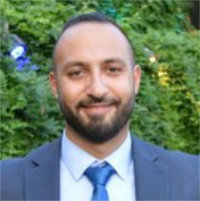
From Lebanon, working in France
The training has truly helped me in understanding the various aspects of safety in diverse fields. As a Health and Safety Engineer on an international site, the “Toxic Risks for Human and Environment” course was very enriching in my mission.
‘’
Process Safety
Industrial processes range from small-scale production of fine chemicals to oil refining. They are sources of risks summed up as the “big three”: fires, explosions and releases of toxic materials. Understanding their causes, modelling their effects and mitigating them is essential to avoid future harms.

From Bolivia, working in France
The Module “Process safety” focuses on a crucial step for a Process Engineer because it deals with the process risk analysis in the design phase, the operational phase and the modification phase. In this module, I learned the strategies of risk analysis leading to preventing accidents.
‘’
Designing for Safety
System failure is a major source of preventable accidents. System development plays a major role in specifying systems suitable for future users, preventing design / systematic faults, tolerating component failures, and assessing the system dependability.
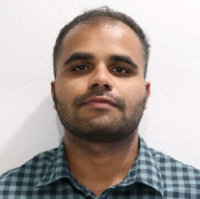
From India, working in France
I found this course very interesting. The Module “Designing for Safety” was particularly useful. Indeed, I got an internship and then a job addressing this topic in order to ensure that the operations of autonomous and semi-autonomous systems such as vehicles were safe.
‘’
Functional Safety
Many systems have inherently hazardous functions: aircraft, refineries, automobiles, trains, etc. Functional safety allows us to assess these risks and to develop control systems to make these risks acceptable.

From Lebanon, Working in France
Thanks to the “Functional Safety” module including the introduction of the IEC 61508 and IEC 61511, I was able to participate in the development of a safe architecture for a Hydrogen Refueling Station. SEAM is an intelligent, practical and diverse program conforming to the new industry generation.
‘’
Structural Safety
Many accidents are caused by hardware failures of mechanical components or construction parts. Understanding their causes, estimating their risks and preventing these failures or controlling their effects is therefore essential knowledge.

Morocco
The Module dealing with Structural safety allows me to understand the many parameters affecting a safe design. As Senior Safety in Design Lead in the largest Engineering Company in Morocco & Africa in the phosphate industry, I benefit from this skill to design and check the safety of structures.
‘’
Safety Management
Risk management is not an isolated activity. On the contrary, it is integrated into an organization by considering its context and acting on its decisions. The Management Systems studied in this module will enable you to become a key person in your organization.

From North Macedonia, working in Germany
I have many years of experience in the field of implementation of ISO standards in different industries. By participating in the “Safety Management” module, I have broadened my knowledge and prepared myself better to face all the new challenges that the updated versions of the standards represent.
‘’
The Human, Organizational and Social Factors of Safety
Safety is developed for humans and by humans. And humans are connected within organizations and contexts, including stakeholders and regulation. Understanding the needs and means associated with this human and organizational environment is therefore essential.

Afghanistan, working in the United Arab Emirates
By studying this module, I guess I do not have the same view about human behavior and human errors as other safety officers. For instance, in an accident scenario, I never stop my investigation with a human error. I understand the human’s limitation and abilities, and the influence of the work environment.
‘’Industrial
knowledge
Knowledge shared by industry experts, in line with international standards.
On the one hand, the definition of safety requirements, the design processes of safe systems, and the approaches to ensure this safety are highly regulated by numerous international standards. On the other hand, the implementation of these standards is constrained by a context including sectorial practices and industrial requirements such as effectiveness and efficiency. Our experts explain the strategies for addressing these demands.
Diversity
of applications
Experts from various industries share their experiences with participants from different sectors.
-
Safety concerns all industrial sectors: transportation (airplane, train…), energy (oil and gas, hydrogen, renewable…), manufacturing, etc. Knowing the practices of other sectors will allow you to enrich your expertise and to take a step back, which is essential for an executive who will have to make managerial decisions. It will also allow you to change sectors in your future activities.

Knowledge immediately
put into practice
Hands-on projects take a critical look at theoretical safety means
The knowledge acquired is immediately put into practice through case studies and group projects.
These practical experiences allow you to not only understand the contributions of the means presented (methods, techniques, processes…), but also their limits. Having this critical mind is essential for future safety executives.












